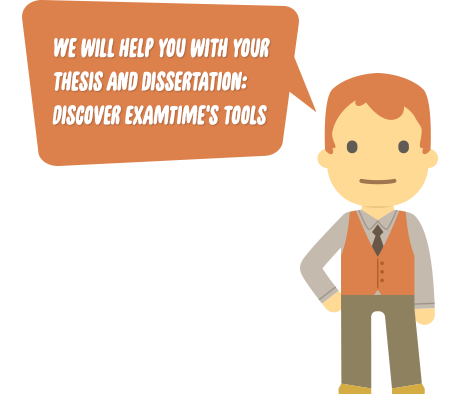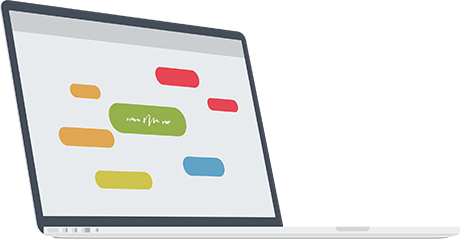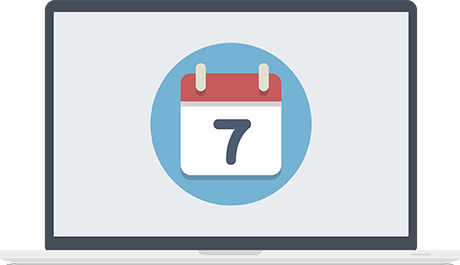Overview
Most university courses require an end of year thesis or dissertation to demonstrate the student’s ability to understand and analyze a specific topic in depth. This thesis could be worth up to half your final mark so doing prior research on how to write a thesis is vital.
Writing a thesis is not a trivial task. Research is needed on the topic, notes taken, create a structure, first draft written then the final, and let’s not forget the bibliography and external references.
To help you with this task, we provide you with top tips and advice to master fundamental skills that will help you to write a paper successfully.
Sign Up Now and Try Our Online Tools

Planning
Once you select your desired topic, it is important to have a clear plan of how you want to address it before you begin writing your thesis. This is a good way to focus and organise yourself ensuring future success.
- Brainstorm some ideas to organise your thoughts around the main topic. Think of all the words related to the central topic – Mind Maps are perfect to outline your thesis as they can give you an overview of the points you wish to make
- Focus only on the subject and avoid mixing other irrelevant topics even if there is some sort of correlation
Structure
The same way the human body consists of a head, trunk and limbs, a good thesis should have a clear Introduction, body and conclusion.
- Start your paper from the body and not the introduction – It might seem strange but it is easier this way. An introduction is a presentation of what is to be discussed, so leaving the introduction to the end is not only easier but with ensure that nothing is left out.
- Present the introduction to your thesis in a way to grab the reader’s attention. Use keywords and make room for development.

Structure II
- The body of the thesis should provide a detailed and comprehensive insight of your entire paper. Including facts and references to add value to your paper
- The conclusion must tie in your whole thesis. Use this to present your findings. Ensure that you are really presenting these and not merely reaffirming the results of your findings.
To plan the structure of your thesis, you can make use of our online study tools. With them you can not only start working and studying to clarify your ideas but also create a study timetable with daily, weekly and monthly goals for yourself until your finish your thesis.
Join Now to Create a Study PlannerApply your knowledge
The body of the thesis is where you organise all your thoughts and show the reader your analytical skills. Present the most important aspects of your research using examples when possible. Make use of solid arguments and expert opinions. This part of your thesis must be very clear and with no ambiguity.
Avoid:
- Repetition
- Use of weak and out of context examples
- Personal opinion

Avoid the worst academic Sin - Plagiarism
Do not let all your hard work go to waste! Zero tolerance for plagiarism is something that all Universities have in common.
Each university has its own set of plagiarism polices and referencing guide. Familiarise yourself with them prior to including information from an external source in your thesis. These days there are a lot of plagiarism websites that can be used to ensure your work is 100% free from plagiarism so once your work is concluded, we recommend giving this a go before handing in your thesis.
Once your thesis is completed, it is worth going through your work and rereading it a few times. You may just find some points that you can work on a bit more. Also, consider getting someone to read your final work and provide you with his or her insight
 Previous:
Individual Project for University
Previous:
Individual Project for University 


